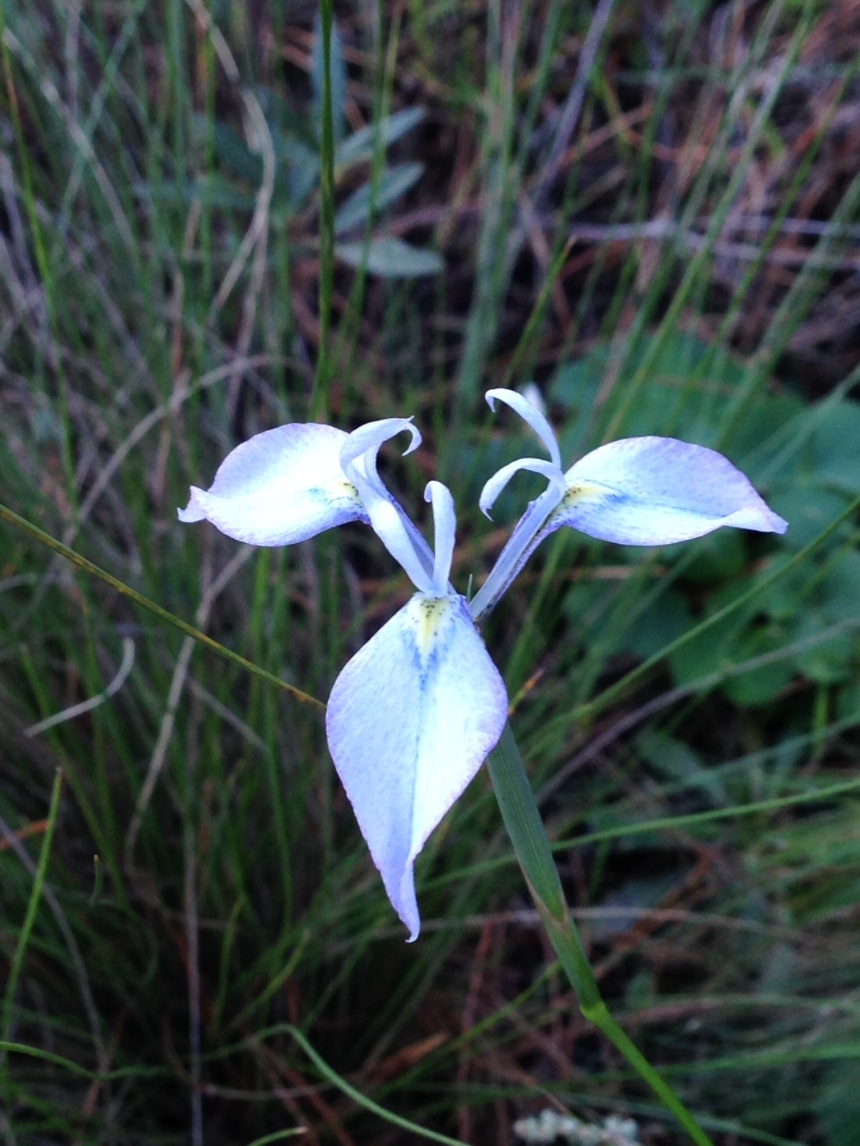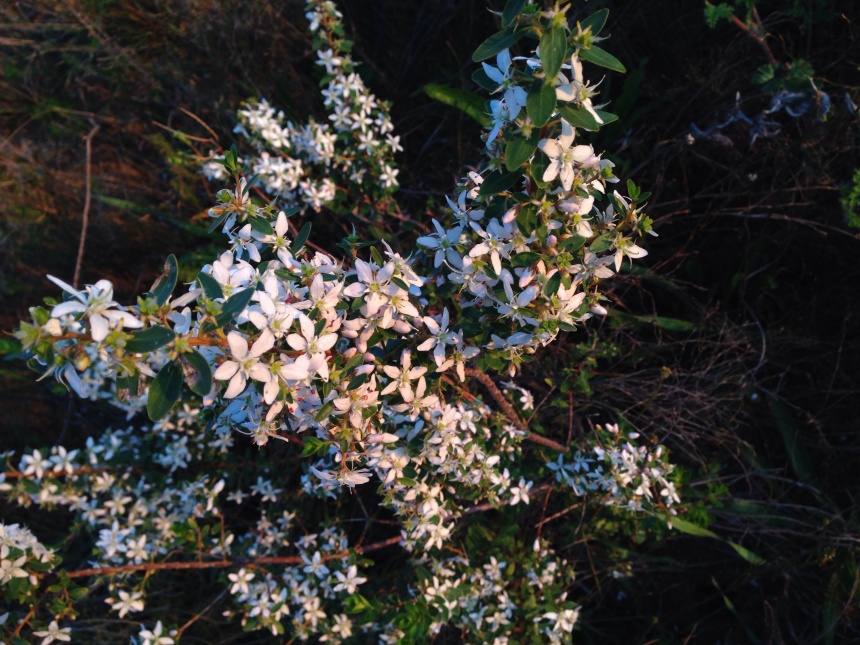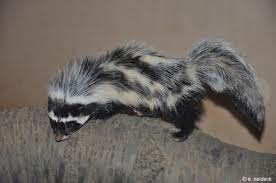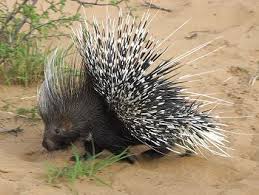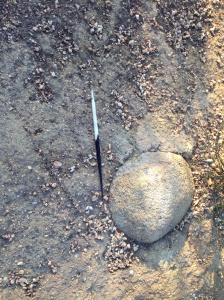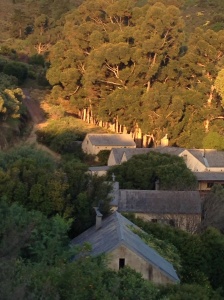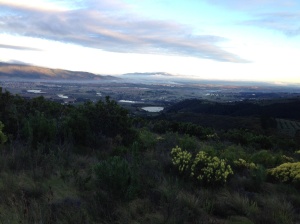Aliens and Ericas
This storm was promised; the weather forecasting in this part of the world is so good that they predicted the first drops of rain almost to the minute. And here it is, cold, wet, miserable weather so that when I look out of the window I can’t even see the dam, never mind the lights of Paarl in the valley below. We are holed up in the study, watching 24 with Jemima Chew curled up before the fire snuffling and squeaking and hunting in her dreams.
I am getting carried away again and the point of tonight’s blog is to catch up with some flowers that I haven’t posted yet. First of all two different Ericas. I’m not sure which ones they are – both have tiny tiny flowers, several would fit on my little fingernail.
The next is the gorgeous Moraea tripetala. These little Iris-like flowers grow on the driveway and are a joy to see when they emerge each year. Typical bulbs, one day there is nothing and the next, stunning flowers emerge in their full glory.
After the floods of rain last week we went out on a dark damp evening for fresh air and an evening run. After so much rain a lot of flowers were ravaged and new ones hadn’t yet emerged but this rain-soaked Protea nerifolia glowed a rich red-pink in the gloom.
The driveway is one of the most prolific areas on the farm, or at least the one that I see the most. Another shrub in flower at the moment is this Felicia filifolia.
Aliens!
We spend a lot of time and money taking out aliens. Some are pines from the forest next door and here is one in flower – they might be aliens but these are pretty flowers all the same.
Another is this elegant tree. It is a type of wattle I think – but far prettier than most. The leaves are silvery grey and in summer I use them in flower arrangements and to decorate the house at Christmas. At the moment it is in full flower and makes an elegant flowering tree.
Finally I can’t resist posting this particularly splendid sunset from last week.




